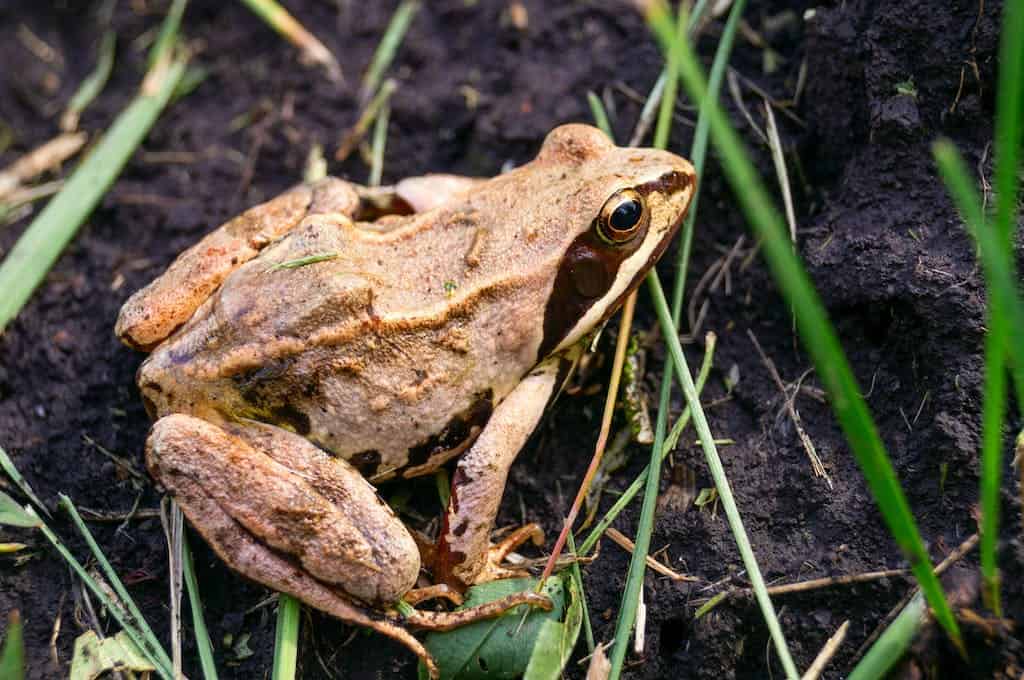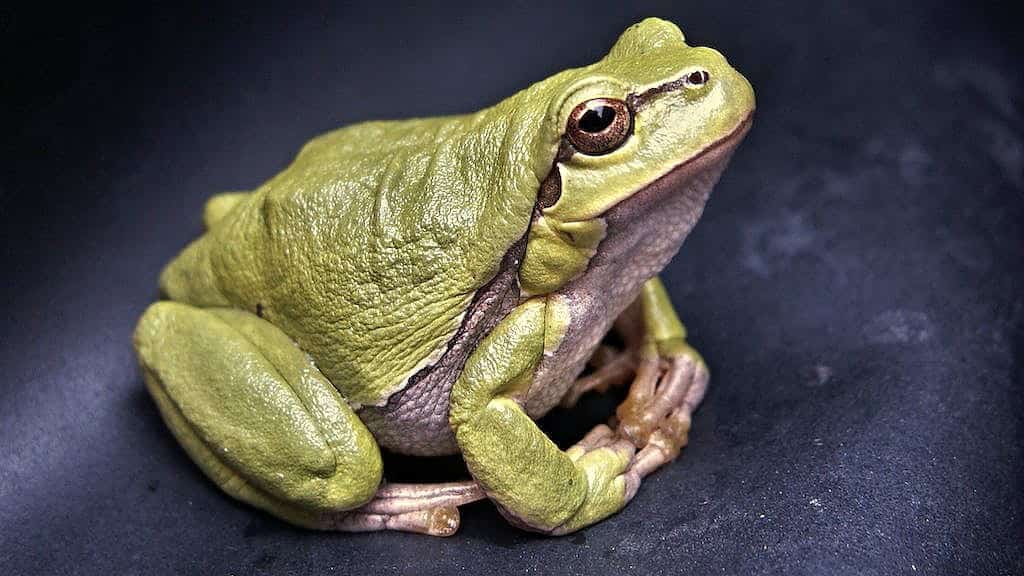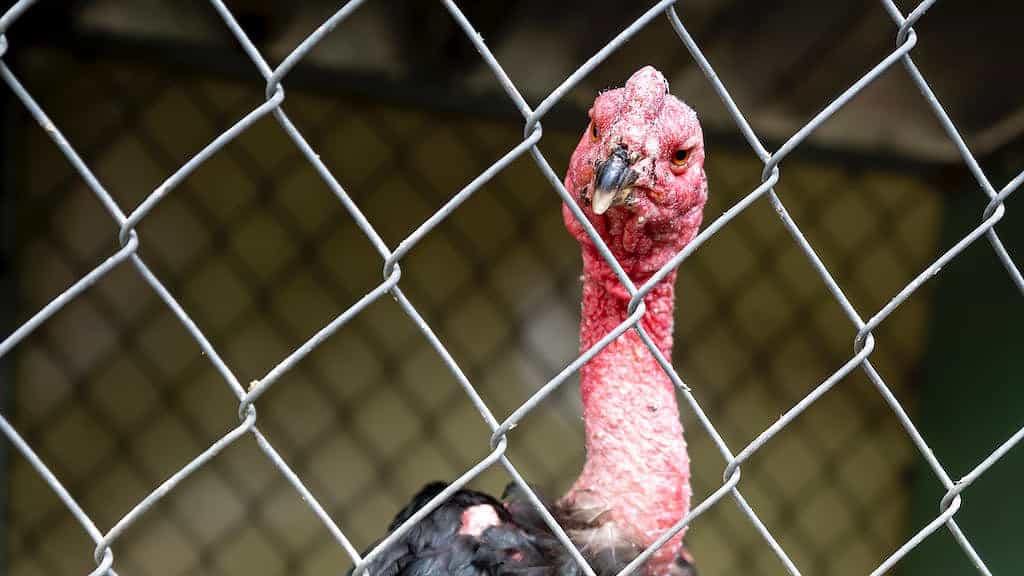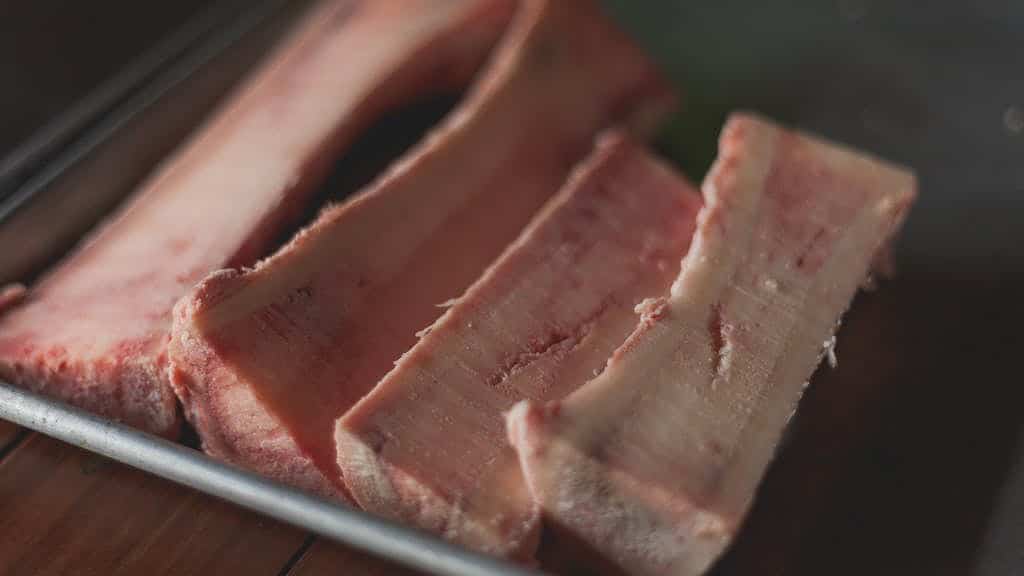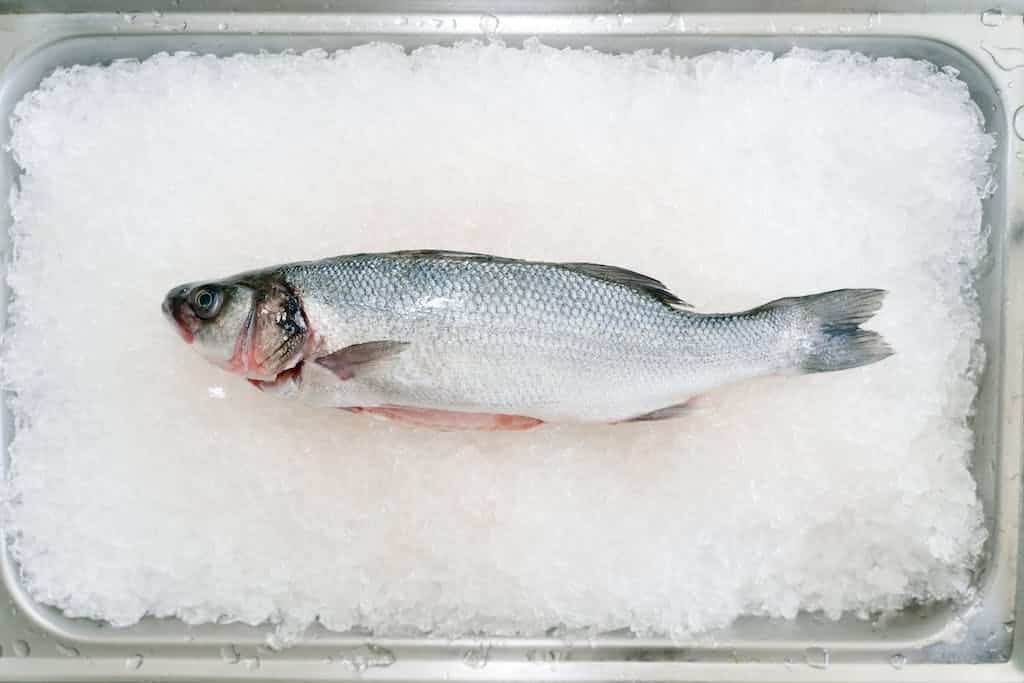Key Takeaways
- Dogs can eat frog legs, but they should be properly cooked and seasoned.
- Frog legs should be given to dogs as an occasional treat and not as a regular part of their diet.
- Frog legs should be free of any seasoning or sauces that could be harmful to dogs.
- It is important to remove the bones before feeding frog legs to dogs to avoid any choking hazards.
- While frog legs can provide some nutritional benefits, they should never substitute a balanced diet for dogs.
- Not all dogs may enjoy the taste or texture of frog legs, so it’s essential to monitor their reactions.
- If a dog experiences any negative symptoms after consuming frog legs, it is best to consult a veterinarian immediately.
- Always ensure the frog legs come from a safe and reputable source to avoid any potential contamination.
- Each dog is unique, so it’s recommended to consult with a vet before introducing frog legs into their diet.
Summary
Can dogs eat frog legs? In short, while frog legs can be consumed by dogs, there are several factors to consider. This article explores the nutritional value of frog legs and potential health implications for dogs. Moreover, it delves into the risks associated with feeding frog legs to dogs, such as possible contamination or allergic reactions. By reading the rest of this article, you will gain a comprehensive understanding of whether dogs can safely eat frog legs and how to make informed decisions about your furry friend’s diet.

Are frog legs safe for dogs?
While dogs can technically eat frog legs, it is important to exercise caution. The primary concern is that some frogs might carry harmful bacteria or parasites that can be potentially dangerous to your furry friend. It’s vital to ensure that the frog legs are cooked properly to eliminate any potential risks. Raw or undercooked frog legs should never be fed to your dog, as they can cause digestive issues or transmit diseases. Additionally, some frogs might be toxic to dogs, especially if they have been exposed to certain pesticides or toxins in their environment. Therefore, it’s always best to consult your veterinarian before including frog legs in your dog’s diet.
Nutritional value of frog legs for dogs
Frog legs can be a source of high-quality protein for dogs. They are low in fat and calories, making them a relatively healthy treat option. Frog legs also contain various essential nutrients like vitamin B12, selenium, and potassium, which can contribute to your dog’s overall well-being. However, it’s important to remember that treats like frog legs should only be given in moderation to avoid any nutritional imbalances or excess calorie intake. Always prioritize a balanced commercial dog food diet and consult your vet about suitable treat options based on your dog’s specific dietary requirements.
Potential digestive problems
Some dogs may experience digestive issues when consuming frog legs, especially if they are not used to it or if the legs were not properly cooked. Symptoms like diarrhea, vomiting, or an upset stomach may arise. If you notice any adverse reactions after your dog eats frog legs, it’s crucial to stop feeding them immediately and monitor their condition. Contact your veterinarian if symptoms persist or worsen. Remember, each dog is unique and may react differently to new foods, so always introduce any new treat gradually and in small amounts.
Risks of toxicity in frogs
Not all frogs are safe for dogs to consume. Some species of frogs secrete toxins through their skin, which can be extremely harmful or even fatal for dogs if ingested. These toxins serve as a natural defense mechanism for the frogs, protecting them from predators. It may be challenging to identify toxic frogs solely based on their appearance. Therefore, it is advised to prevent your dog from hunting or interacting with frogs altogether to avoid potential dangers. Always keep a watchful eye on your dog during outdoor activities, especially near areas where frogs are commonly found.
Alternatives to feeding frog legs
If you’re looking for alternative protein sources for your dog, there are several safer options available. Lean meats like chicken, turkey, or beef, when cooked thoroughly, can provide similar nutritional benefits without the potential risks associated with frogs. Additionally, commercial dog treats specifically formulated to meet your dog’s dietary needs are widely available in the market. These treats undergo rigorous testing to ensure they are safe and healthy for your furry friend. Your veterinarian can recommend suitable alternatives based on your dog’s age, size, and specific dietary requirements.
Consult your veterinarian
Before introducing any new food item, including frog legs, into your dog’s diet, it is always best to consult your veterinarian. They can provide personalized guidance based on your dog’s individual needs and health condition. Your vet will assess potential risks, allergies, or any other factors that may affect your dog’s well-being. Engaging in open communication with your veterinarian ensures that you make informed decisions to keep your beloved pet safe and healthy.
Recipes and Alternatives to frog legs for dogs
Frog legs are not recommended for dogs as they can be difficult to digest and may pose a choking hazard. It is best to avoid feeding frog legs to dogs to ensure their safety and well-being. Instead, here are some alternative foods that are safe and healthy for dogs:
- Lean meats such as chicken, turkey, or beef
- Fish like salmon or sardines
- Fruits and vegetables such as apples, carrots, and green beans
- Plain, cooked rice or pasta
- Plain, unsweetened yogurt
Can dogs eat frog legs?
Introduction
Frog legs are a delicacy enjoyed by humans in various cuisines across the world. However, when it comes to sharing our food with our furry friends, we must be cautious. This FAQ aims to address common questions regarding dogs and their consumption of frog legs.
Frequently Asked Questions
1. Are frog legs safe for dogs?
While cooked frog legs may not be toxic to dogs in most cases, it is generally not recommended to feed them to your canine companion. Dogs have specific dietary requirements, and frog legs do not fulfill these needs adequately. Additionally, certain risks associated with frog legs consumption will be discussed below.
2. What are the potential risks of feeding frog legs to dogs?
Feeding frog legs to dogs can pose several risks:
- Choking Hazard: Frog legs contain small bones that can cause choking or obstruct a dog’s airway.
- Bacterial Contamination: Frog legs can carry bacteria, such as salmonella, which can cause food poisoning in both dogs and humans.
- Parasites: Wild frogs may contain parasites, such as worms, that can be transmitted to dogs through consumption.
3. Can dogs have any health benefits from eating frog legs?
While some may argue that frog legs provide certain health benefits due to their nutritional content, it is important to remember that dogs have evolved to thrive on a specific diet primarily consisting of meat. Adequate meat sources, such as lean cuts of poultry or beef, are readily available and better suited to meet a dog’s nutritional needs.
4. What should I do if my dog accidentally consumes frog legs?
If your dog has consumed a small amount of cooked frog legs without any immediate adverse reactions, closely monitor their behavior and health. However, if you notice any worrying symptoms such as vomiting, diarrhea, or apparent discomfort, seek veterinary assistance immediately.
5. Are there any alternative food options for dogs who enjoy frog legs?
If your dog is particularly interested in the taste or texture of frog legs, it is best to consult with your veterinarian to find suitable alternatives. They can recommend commercially available dog food that mimics the flavors and textures your dog finds appealing, without the associated risks.
6. How can I ensure a balanced diet for my dog?
To ensure a balanced diet for your dog, it is essential to provide them with high-quality dog food that meets their specific nutritional needs. Commercially prepared dog food undergoes rigorous testing and includes essential nutrients required for proper canine health. Additionally, consulting with a veterinarian can provide tailored dietary recommendations based on your dog’s breed, age, weight, and any existing health conditions.
7. Is it ever safe for dogs to consume frog legs?
Due to the potential risks associated with frog legs consumption, it is generally advised to avoid feeding them to dogs altogether. Choosing proper dog food and treats designed specifically for canines will ensure their health and well-being without unnecessary risks.
FAQ Overview
Frog legs should not be a part of a dog’s regular diet due to associated risks such as choking hazards, bacterial contamination, and potential parasite transmission. Always prioritize your dog’s health and consult with a veterinarian for appropriate dietary choices.
Conclusion
While dogs can technically eat frog legs, it is not recommended. Frog legs may pose potential risks to dogs, such as the presence of bacteria and parasites that could cause infections or other health issues. Additionally, the bones in frog legs can be problematic for dogs, as they may splinter and present a choking hazard. It is crucial to prioritize your dog’s safety and well-being by consulting with a veterinarian before introducing any new foods into their diet. A professional can provide guidance on safe and appropriate dietary choices that will meet your dog’s nutritional needs without compromising their health.
📚 Sources:
